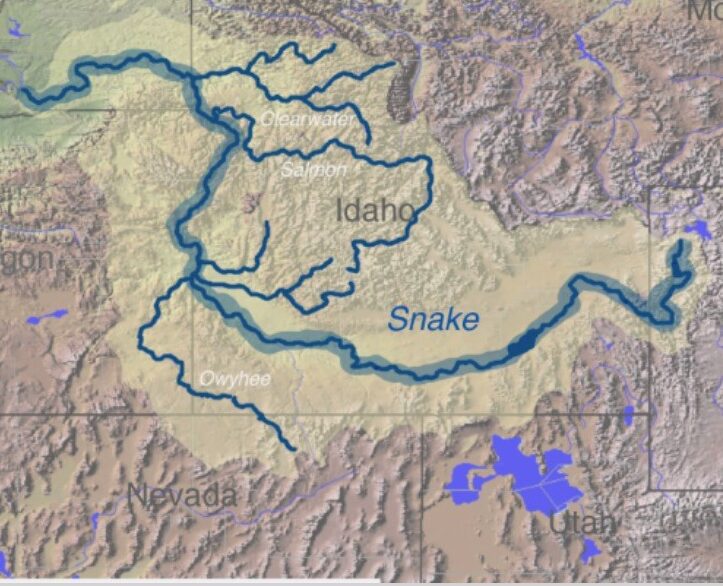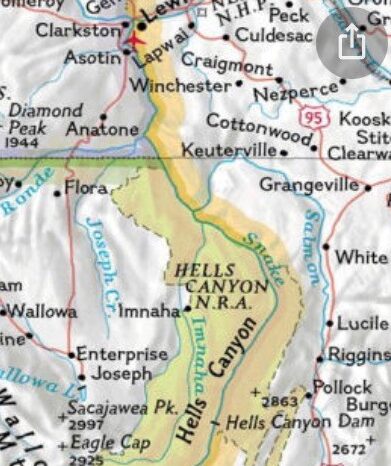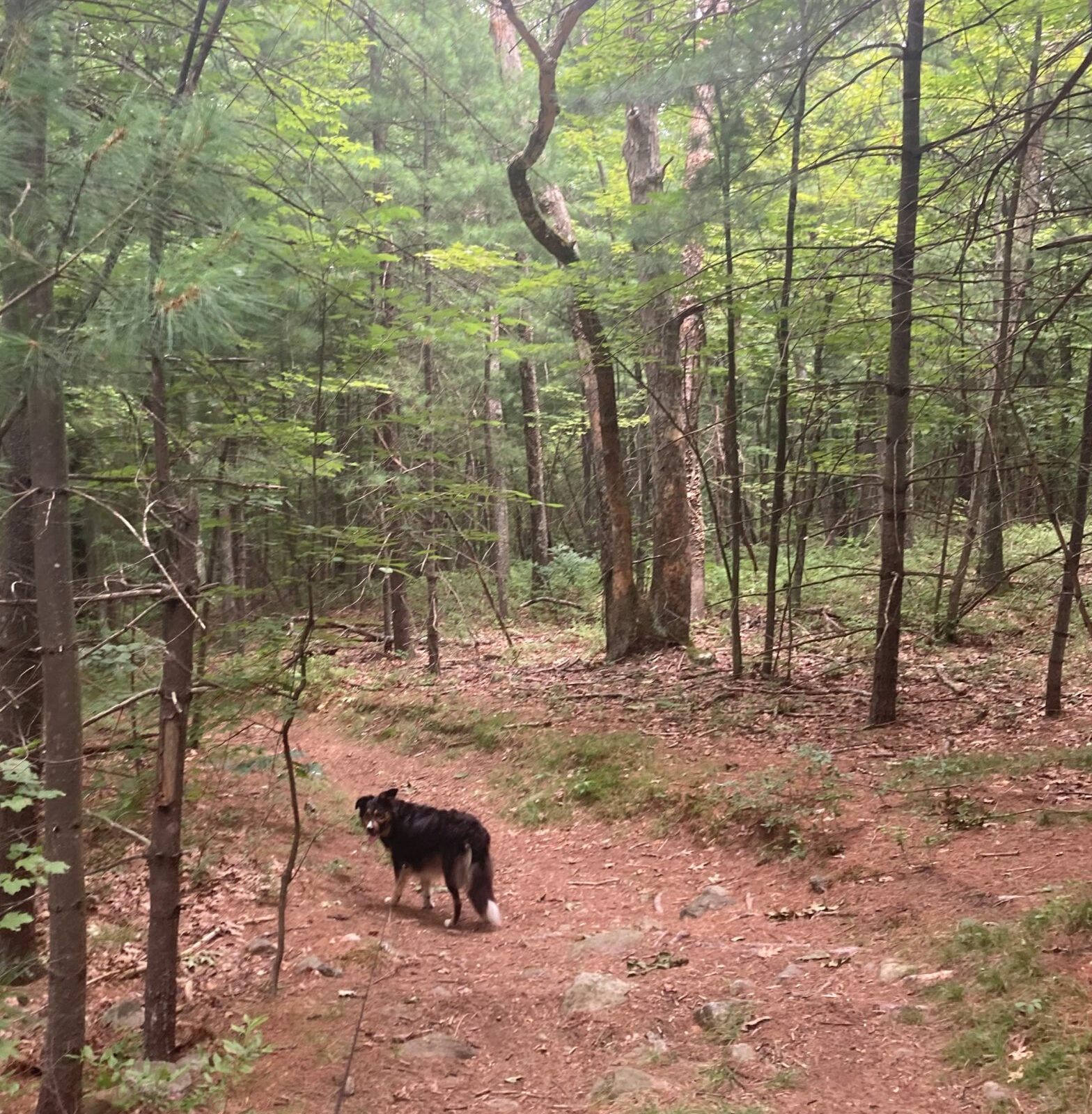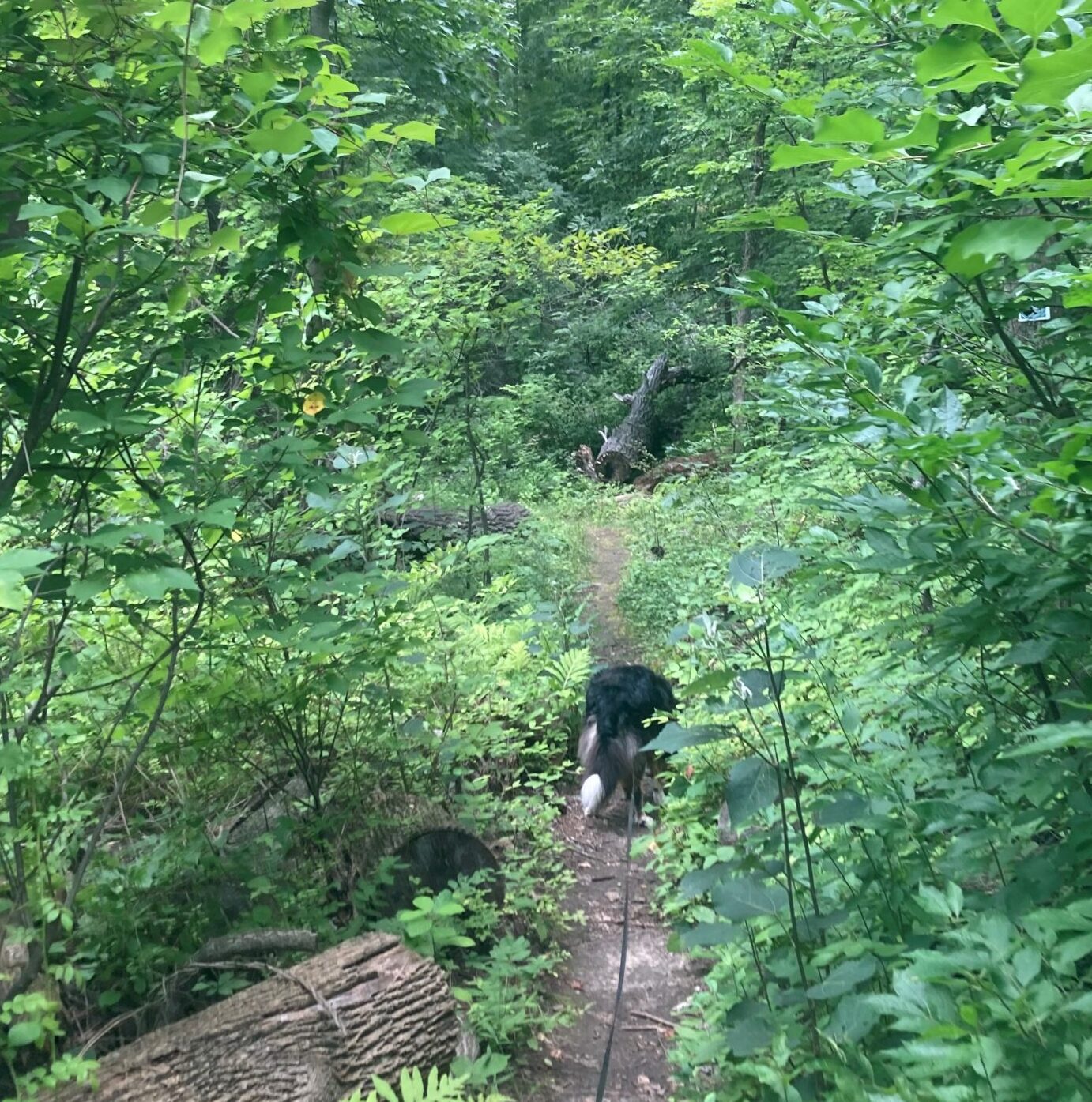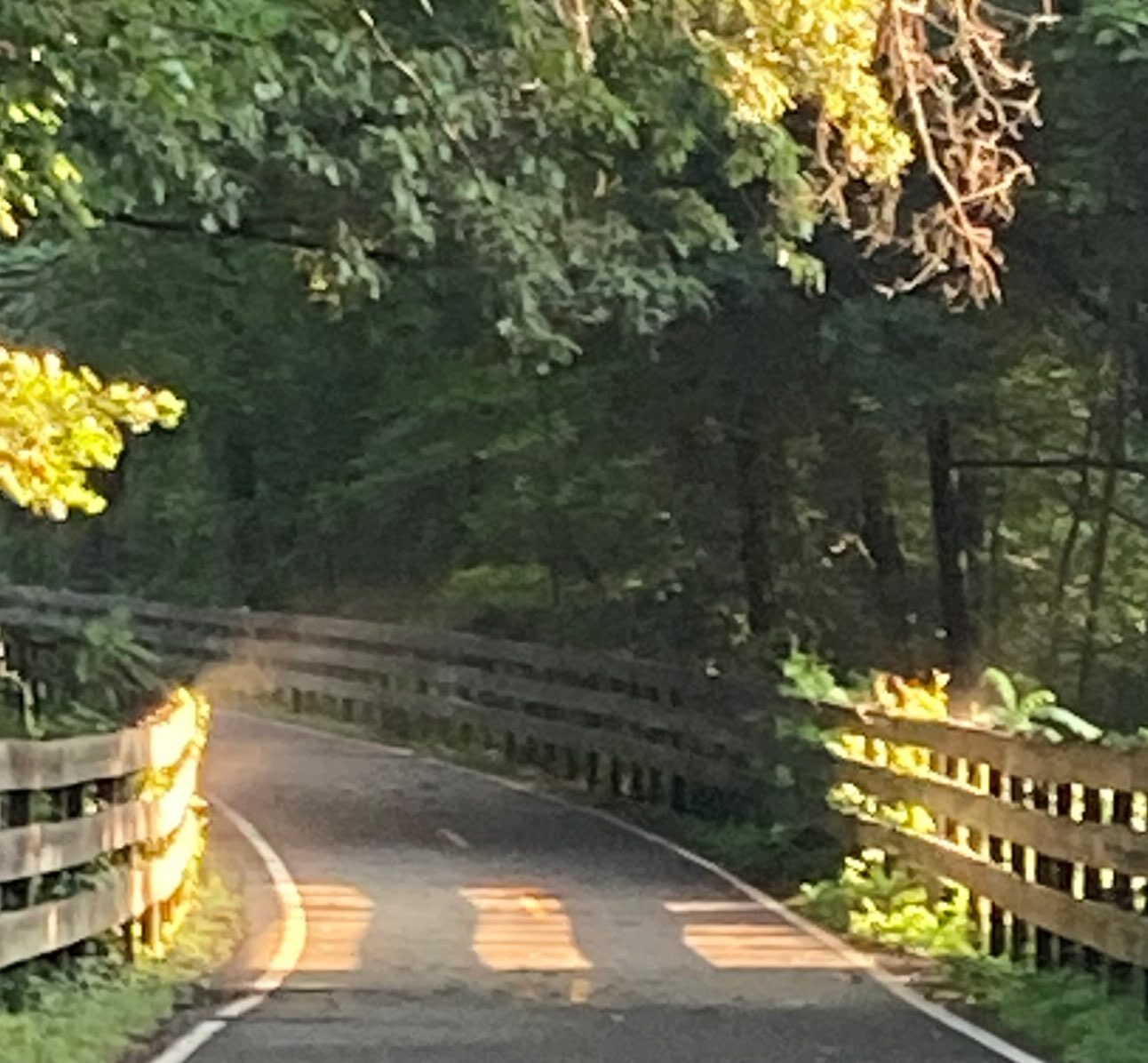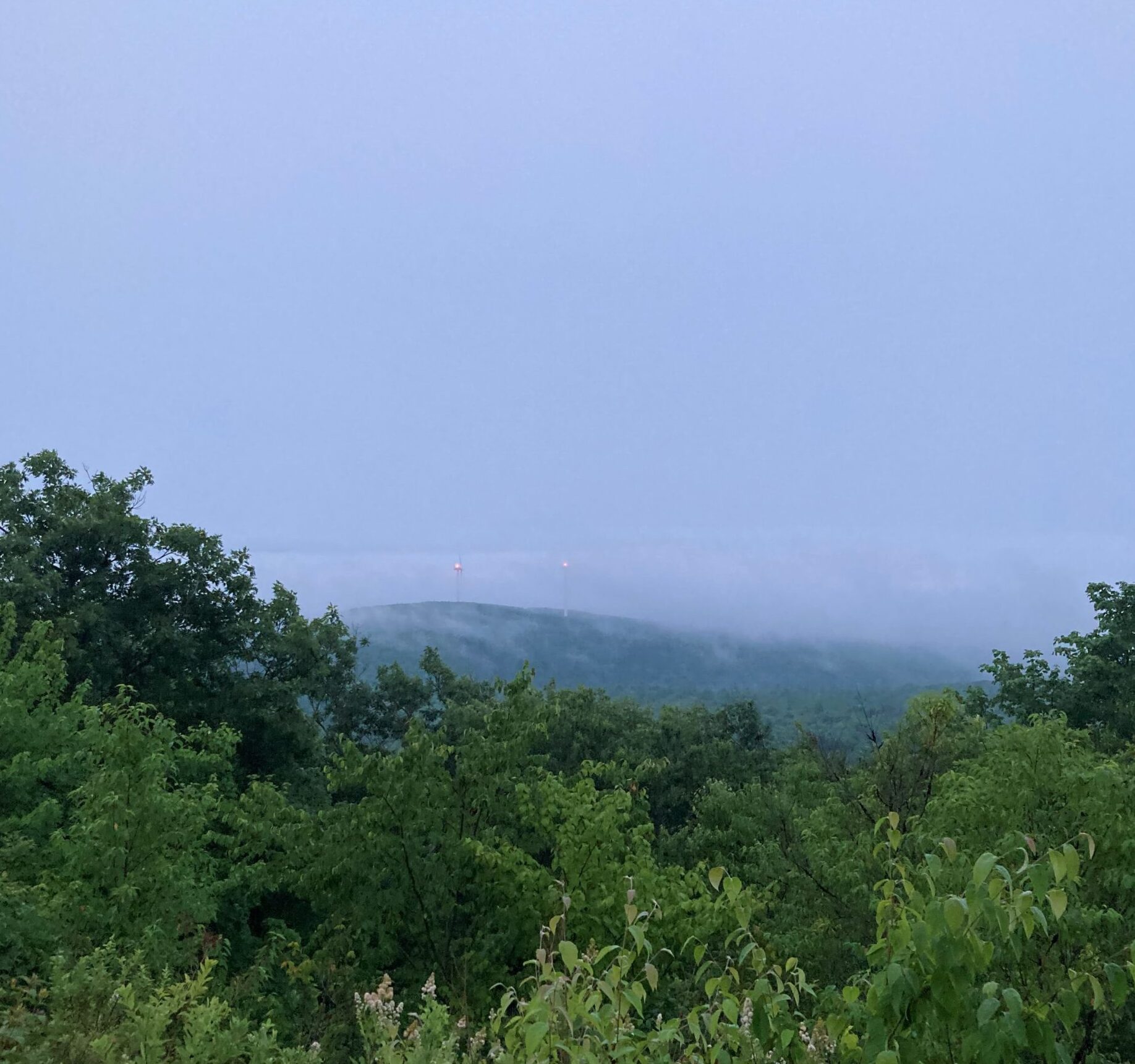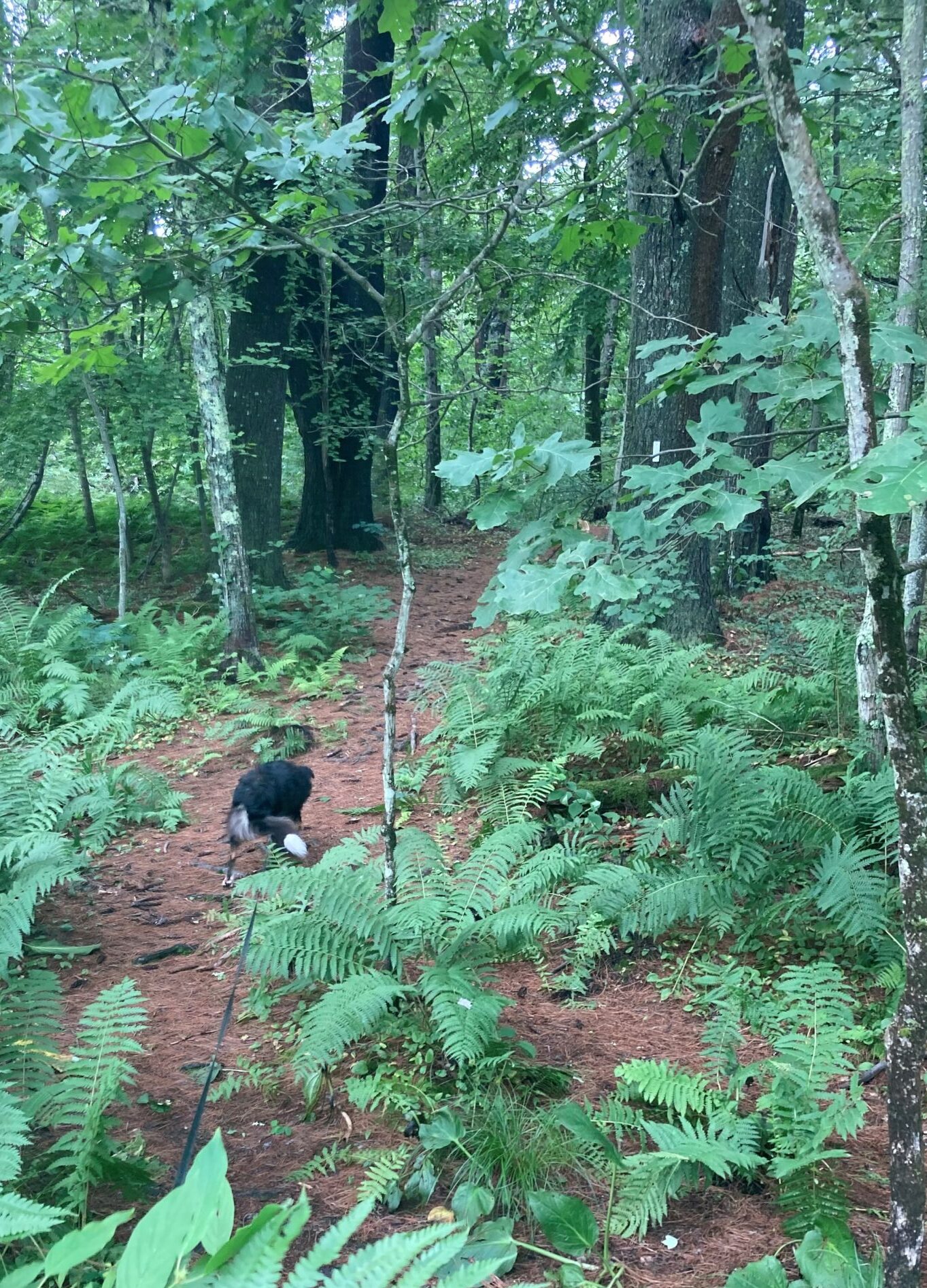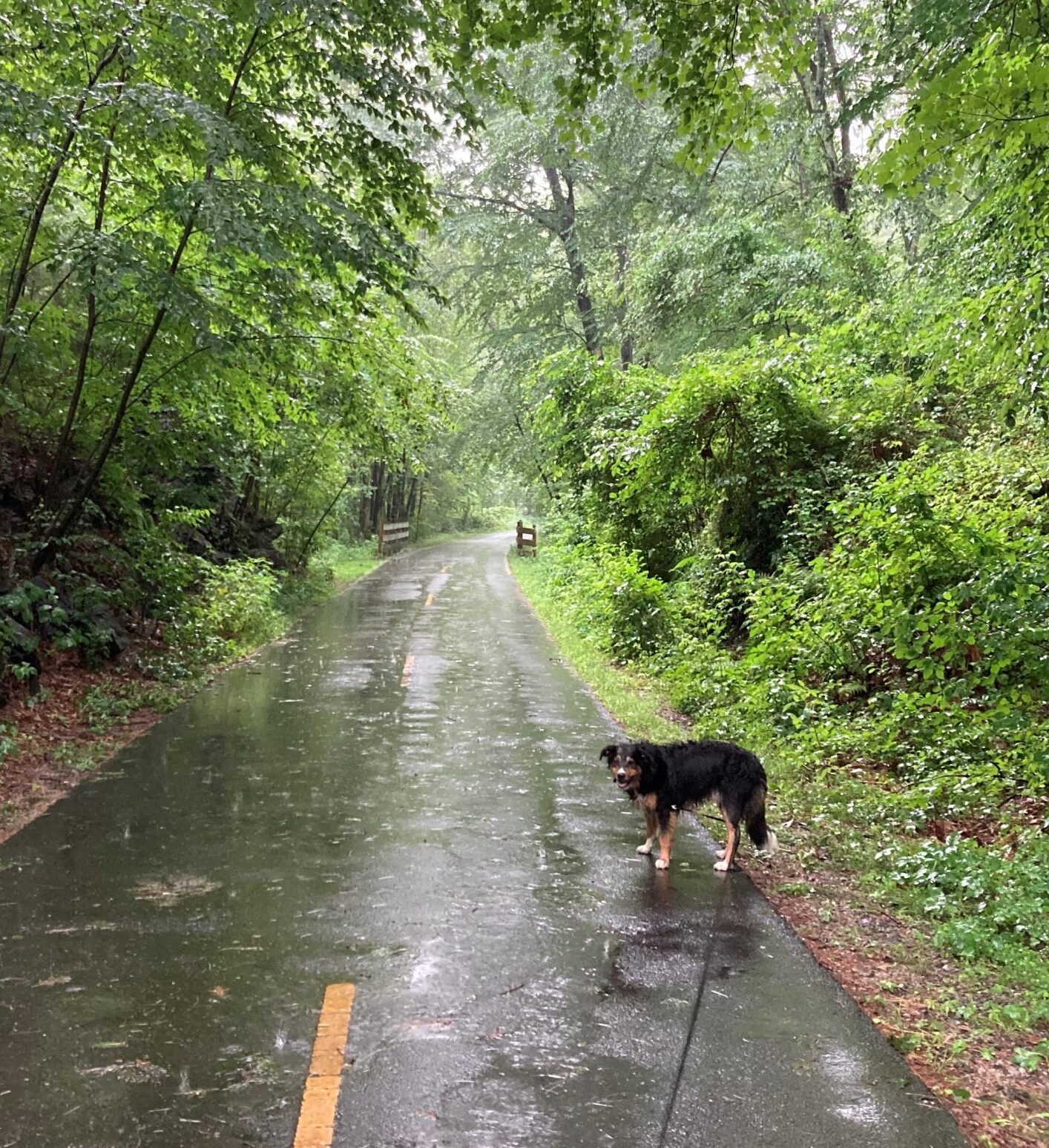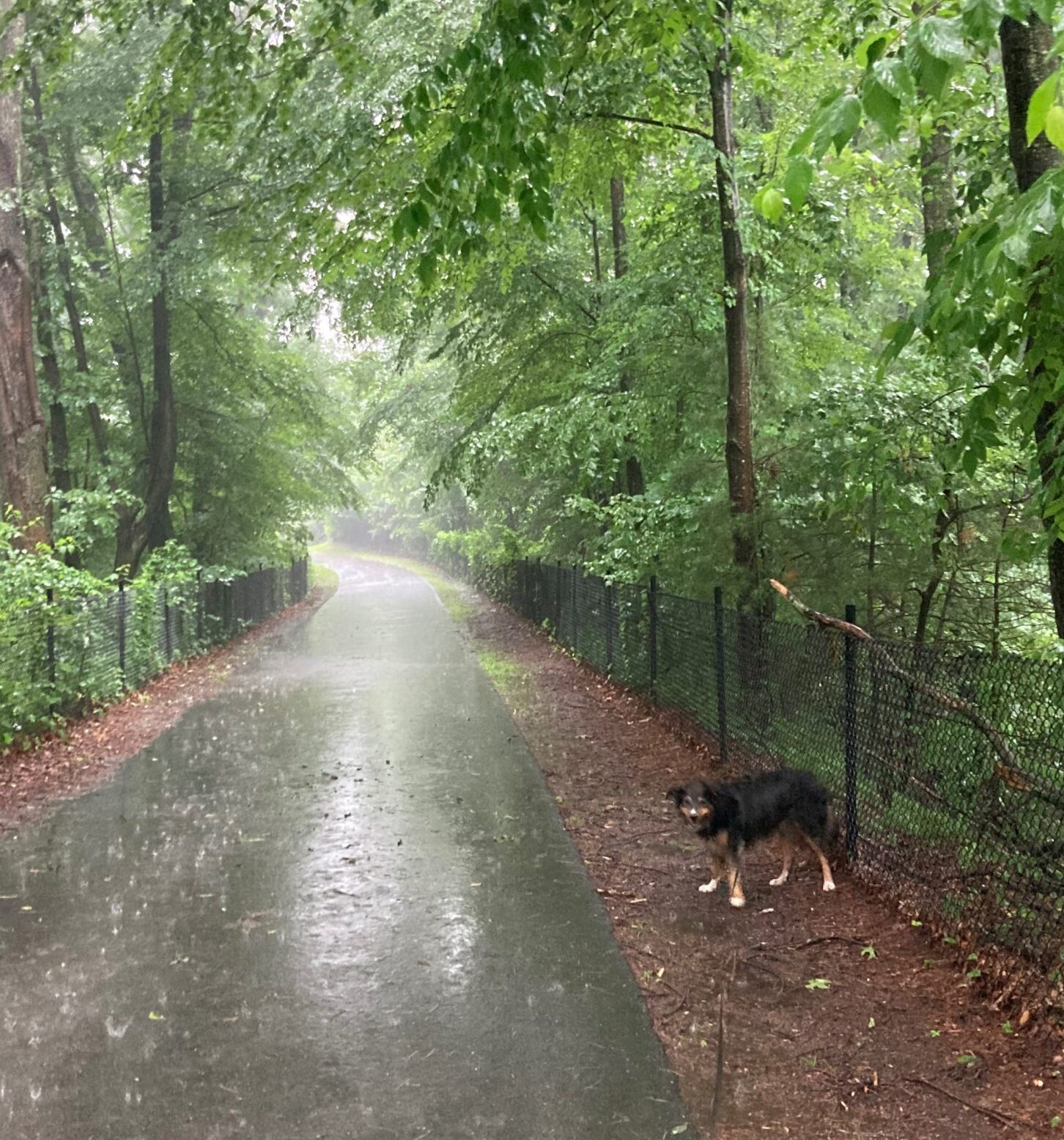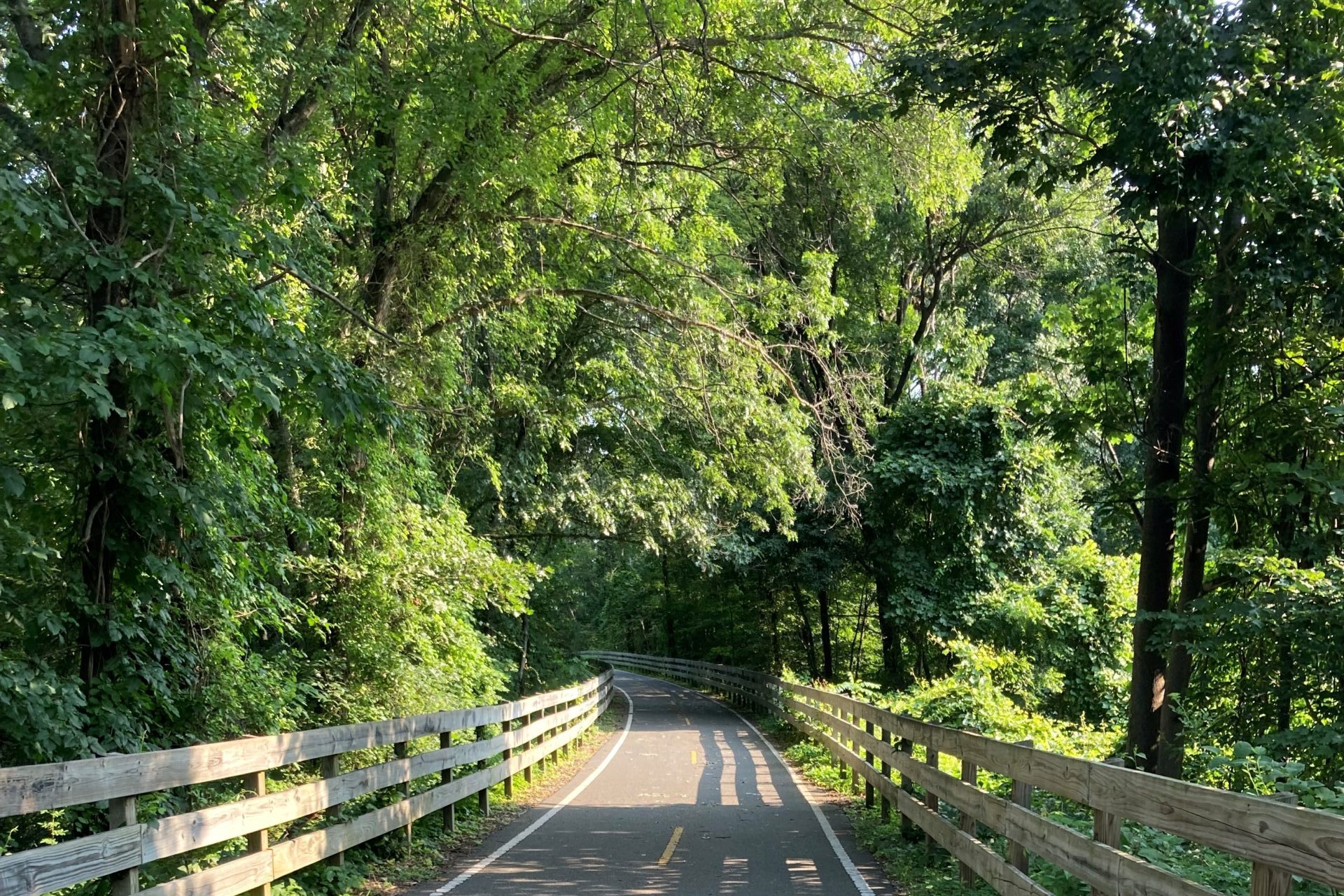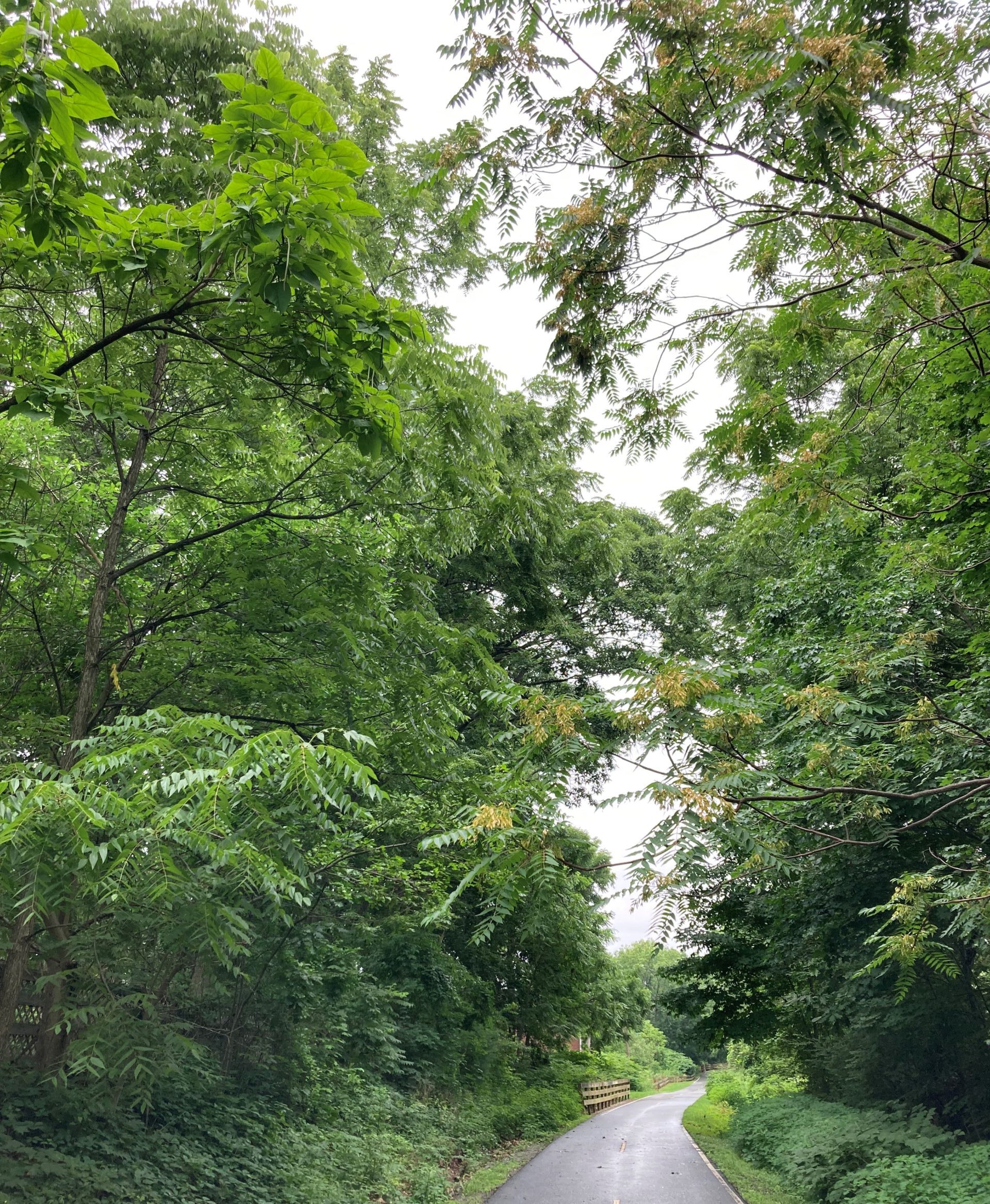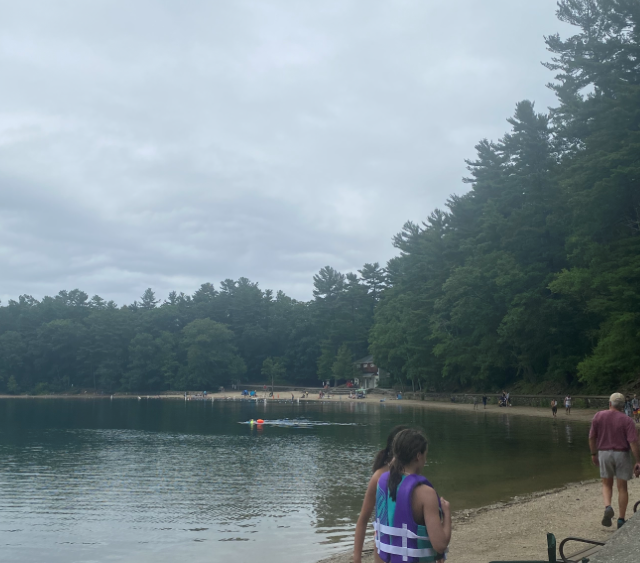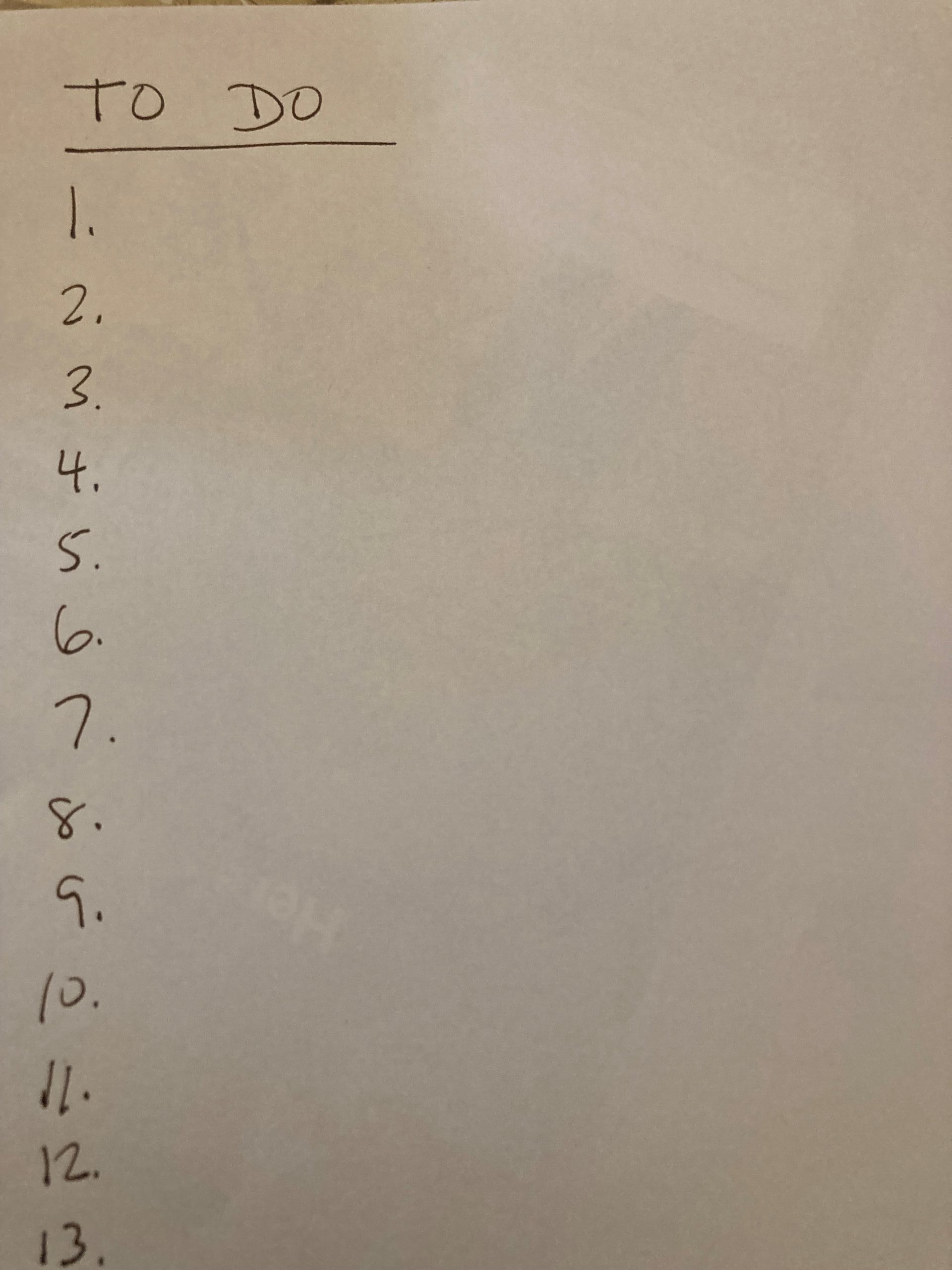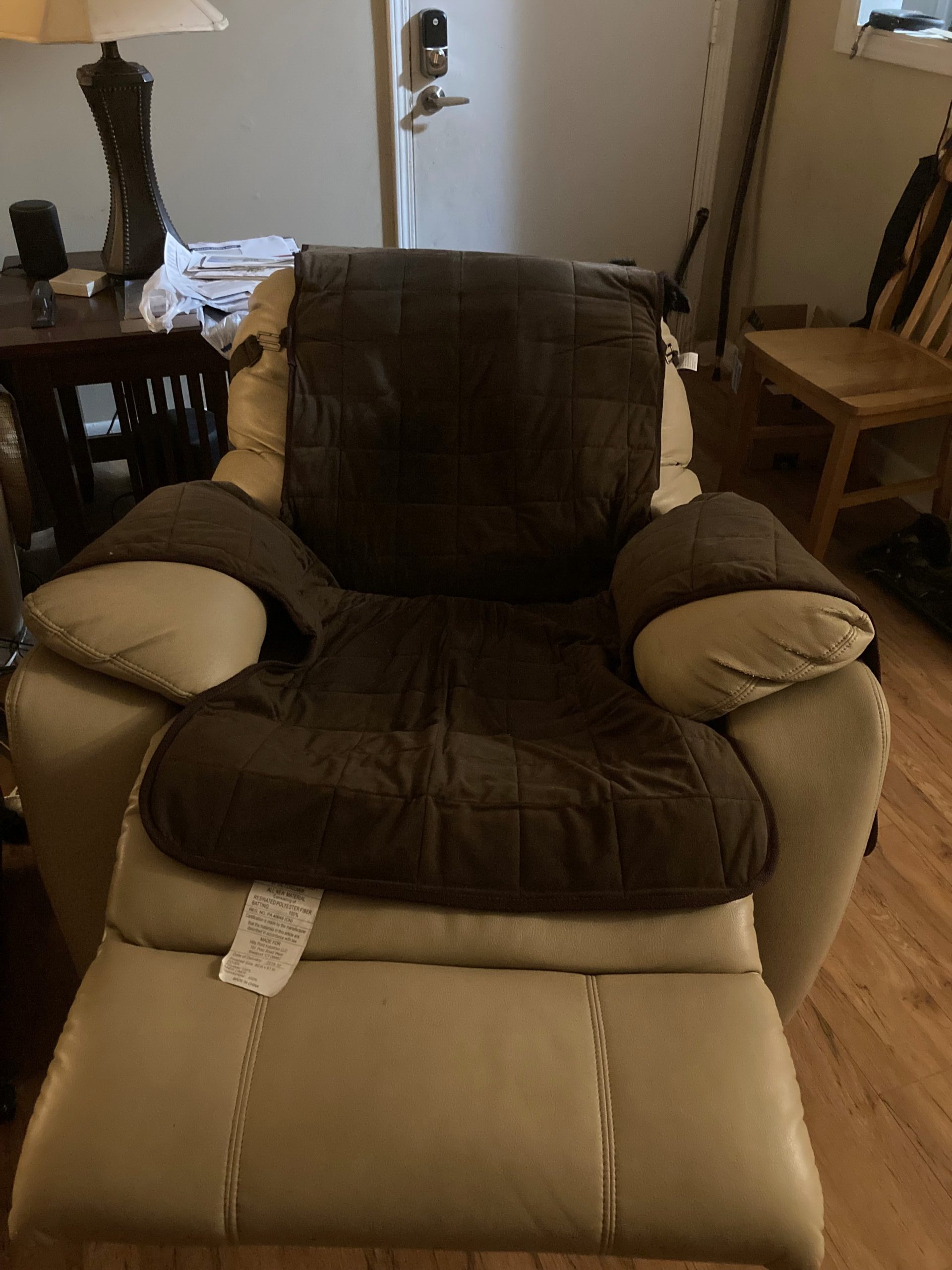There is pleasure in the pathless woods,
There is a rapture on the lonely shore…
-Lord Byron
“Have you been down the Snake River through Hell’s Canyon?” I said.
“No, I haven’t,” said Ron. “But I’ve always wanted to.”
I was on Maui for my daughter’s wedding in March, 2019. I met my future son-in-law’s father, Ron, there and we were having a very pleasant meal with both families at a luau in Lahaina. I knew, from talking to my son-in-law-to-be, Jeremy, that Ron lived in Asotin, Washington, one of the places where rafts and boats that venture down the river end their journey. I heard, somewhere, some interesting things about Hell’s Canyon, the deepest gorge in North America, even deeper than the Grand Canyon, that piqued my interest and I’m always on the lookout for a little adventure.
The Snake River starts in Montana in Yellowstone National Park and winds its way south and west into Idaho. There, it takes a broad, but still serpentine, loop through southern Idaho until it runs north through Hell’s Canyon, along the border between Oregon and Idaho. It is a large deep river, with class I-IV rapids (there are six classes of rapids — class VI is impossible and class I is laughable), bearing more water through Hell’s Canyon than the Colorado carries through the Grand Canyon. It has well known tributaries like the Salmon and Clearwater Rivers and it finally pours into the Columbia River on its way west to the Pacific Ocean. Its name came from a misinterpretation of Shoshone Indians who used sign language to identify themselves, making a swimming motion with their hands. It appeared to European explorers that they were signing that the river was named the Snake. They were actually signing that they lived near the river with many fish.
In 1805, Lewis and Clark crossed over the Bitterroot Mountains through the Lolo Pass, bordering Montana and Idaho, then followed the Lolo trail down to the Clearwater. There, they built dugout canoes (basically hollowed out tree trunks) and floated down the Clearwater and on to the Snake and Columbia Rivers, ending their journey west near what is now Astoria, Oregon. They joined the Snake River just north of where Hell’s Canyon ends.
Hell’s Canyon is narrow and deep. It was named by the earliest white explorers who tried to tame it with boats and ferry, but hardly any were successful. The name first appeared in a book, published in 1895, and it has been known as such since. The canyon walls are tall, steep cliffs and, in many places, go right down to the water’s edge. After Hell’s Canyon Dam, there are only three roads that reach the river until the Oregon and Washington border, more than eighty miles away, and they are at the far northern end of the canyon. One can hike in through washes and feeder creeks, but for much of its length, it is difficult to walk far along the river. There are no radio signals that penetrate into the depths of the gorge, except using satellite phones. On the water, one is not just isolated from the noise and hubbub of twenty-first century life, he is also removed from anything that goes on outside (except by satellite phone) until arrival in Asotin, Washington. No news, no weather forecasts, no email, no texting, no FaceBook, nothing. Perfect.
I was curious about the place and wanted to experience it first hand, from a rubber raft floating with the current and through rapids. I have run rivers before, in my undergraduate days, and knew that I would enjoy it. “It’s settled then. We’ll do it. How does summer, 2020, sound?” I told Ron.
Just like that, commitments and plans were made. Research online led to reservations being secured and invitations were sent out to others we knew who might want to join us. My brother Bill and his son Ted readily accepted. Covid had something to say about the trip and we had to delay going until August 2021. In the interim, Gary, someone who Bill and I met over fifty years ago in Ethiopia, and who I hadn’t seen in all that time, eagerly signed on. During one of our many walks, I mentioned the trip to Phyllis who jumped at the chance to join us. Fully vaccinated, the six of us readied ourselves for a six-day river rafting trip, eighty-one miles long, down the Snake from Hell’s Canyon Dam to just below Asotin.
Waldo will not be able to join us, sadly. The company who will supply us with the guides, boats, equipment and food would not allow it. That’s for the best, I think, and I arranged for him to board with a woman I’ve used before, where he can play all day long with other dogs. I will miss him, he’s such an integral part of my daily life, but we both will have a nice vacation from our routine of rail-trail walks.
And so, the adventure begins!


